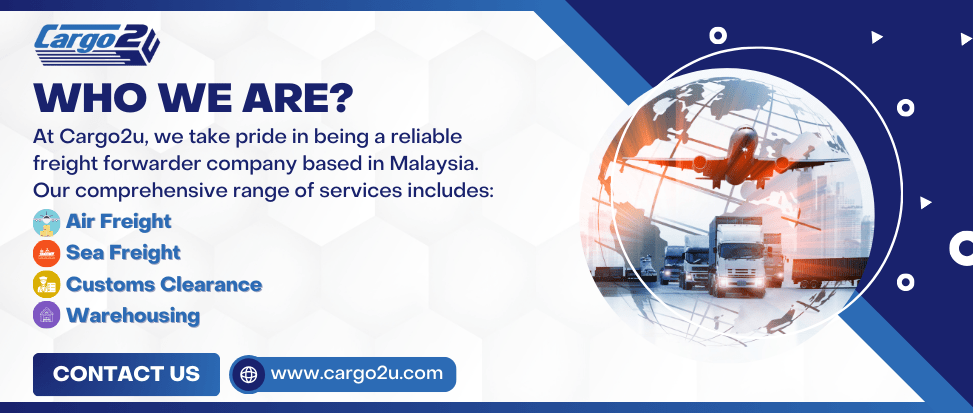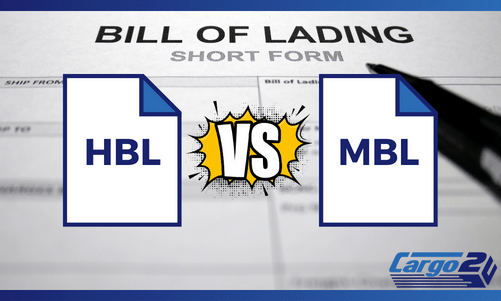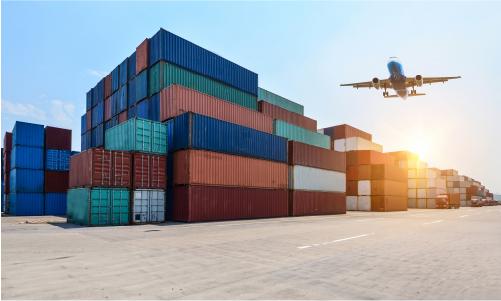
What is a Switch Bill of Lading? Key Benefits and Uses Explained
In the complex world of international shipping, understanding the right documents can greatly improve efficiency and reduce costs. One essential document is the Switch Bill of Lading. Unlike regular Bill of Lading, like House B/L or Master B/L, this document allows trading agents to change important details and keep the supply chain confidential, protecting business interests.
What is a Switch Bill of Lading?
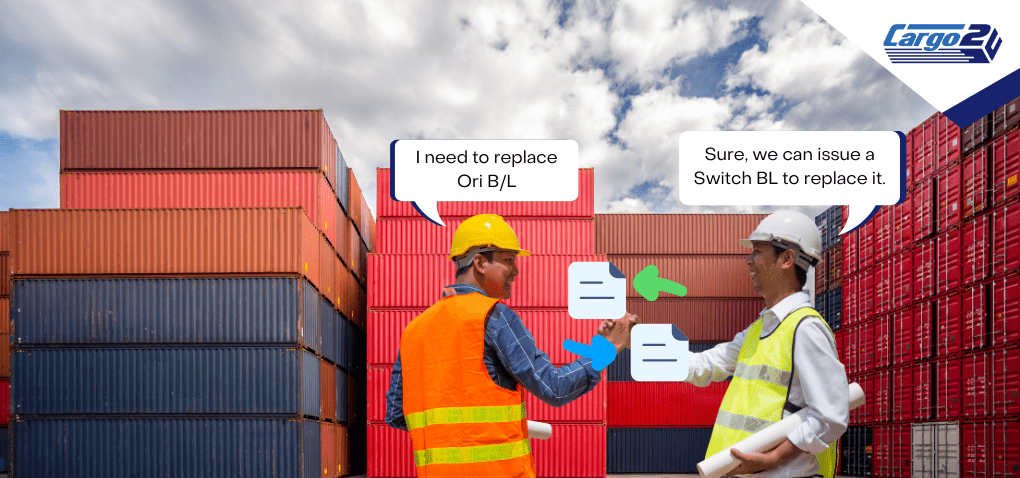
A Switch Bill of Lading (B/L) is a second set of bill of lading issued by the carrier or the carrier’s agent to replace the original bill of lading issued at the time of shipment. It is commonly used when the seller does not want the buyer to know the original source of the goods or to facilitate transactions involving intermediaries.
How Switch Bill of Lading Works
A switch bill of lading involves replacing the original bill of lading with a new one while the cargo is in transit. This can be beneficial for various reasons, such as hiding the identity of the supplier from the buyer or changing the consignee. The process requires coordination with your shipping agent or freight forwarder in Malaysia to ensure a seamless transition.
Example of a Switch Bill of Lading in Action
Consider this scenario: you are based in Malaysia and selling a product to a buyer in Vietnam, but your product is manufactured in China. In this cross-trade transaction, the product is shipped directly from China to Vietnam. This is often referred to as a ‘triangle’ trade because it involves three countries – the country of origin (China), the destination (Vietnam), and the seller’s country (Malaysia). In such cases, a Switch Bill of Lading can be issued at an intermediate point, allowing for changes to the consignee or other details without altering the actual physical route of the shipment.
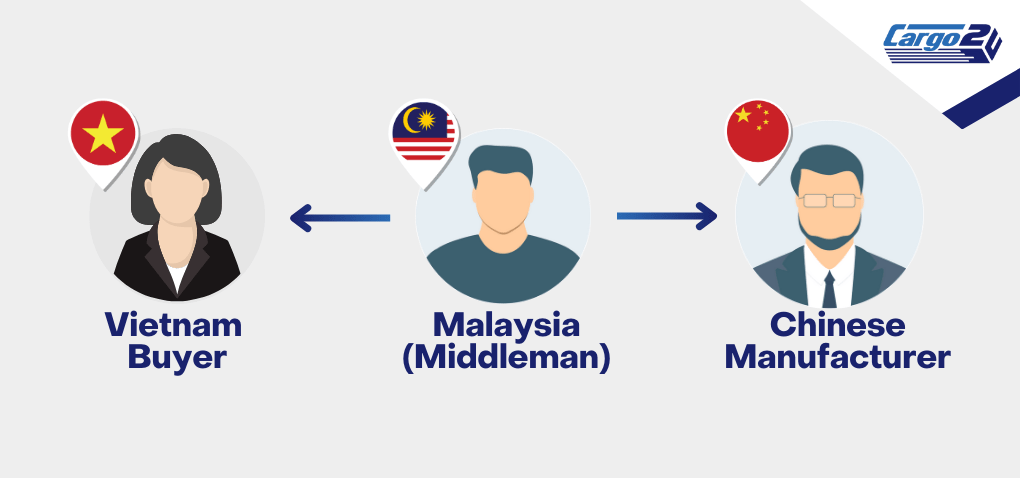
In this situation, the Malaysia exporter might want to omit the factory details from the original Bill of Lading (i.e., China). A Switch Bill of Lading is then used to conceal the original source of the goods from the importer. This helps ensure that the exporter can prevent the importer in Vietnam from bypassing the Malaysian “middleman” and dealing directly with the Chinese factory.
Can We Change Port of Loading in Switch Bill of Lading?
While a Switch Bill of Lading permits alterations to the consignee and other details, changing the port of loading is not typically accepted and can lead to legal issues. The details that can be adjusted in the new set of bills include:
- Shipper, consignee, and notify party information
- Description of the cargo, such as changing from “electronic components” to “electronics”
However, other details must remain unchanged as per the initial bill of lading. This includes the port of loading (POL), port of discharge (POD), and the weight/number of packages. Additionally, it is crucial that the issuing date on both bill of lading is identical. Attempting to change the port of loading could create inconsistencies and legal problems, as it would conflict with the original shipping documents and potentially violate international shipping laws.
How to Identify a Switch Bill of Lading?
As mentioned previously, Switch BL is a second set of Bill of Lading issued by the shipping company to replace the original set created at the time of shipment. Identifying a Switch BL involves recognizing this change. The switch can occur anytime after the cargo leaves the port of departure but before it is handed over to the original consignee. Key indicators include discrepancies between the original and new documents, such as different consignee details or cargo descriptions. Therefore, it’s advisable to verify these details to ensure they align with their records.
Is There Any Time Limit for Switch BL?
The Switch Bill of Lading should be issued by the carrier as soon as the initial set of documents is received and before the cargo arrives at its destination port. Most shipping lines do not accept Switch Bill of Lading requests made less than three working days before the cargo’s arrival.
Nevertheless, some shipping lines may require even earlier notice depending on the destination. It’s important to check with your specific shipping line to ensure the Switch Bill of Lading is issued within their required timeframe to avoid additional storage and demurrage charges at the destination port. Following these timelines helps you to ensure a seamless process and avoid unnecessary delays and unexpected costs.
Need a secure and reliable freight forwarding services in Malaysia?
You May Also Like


